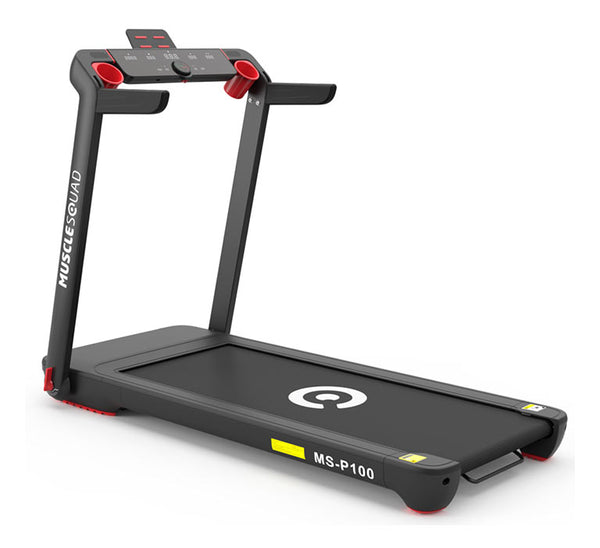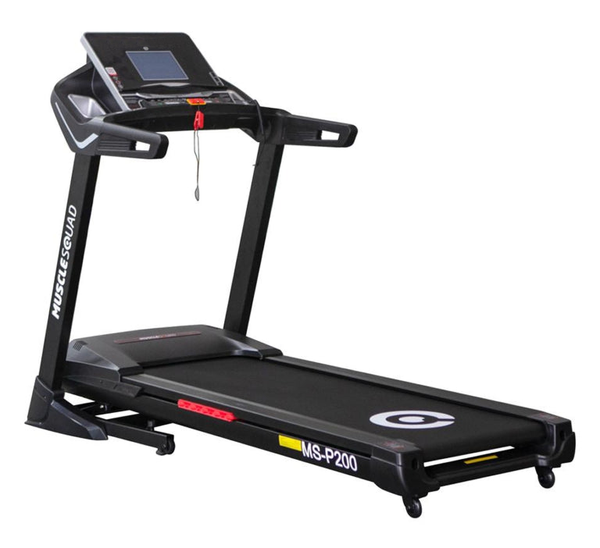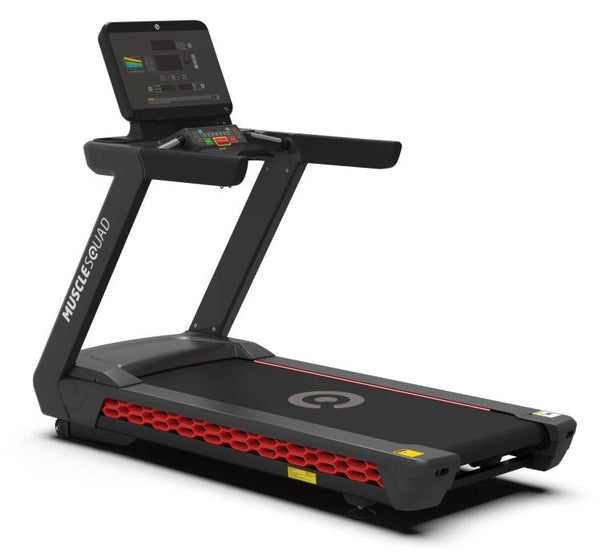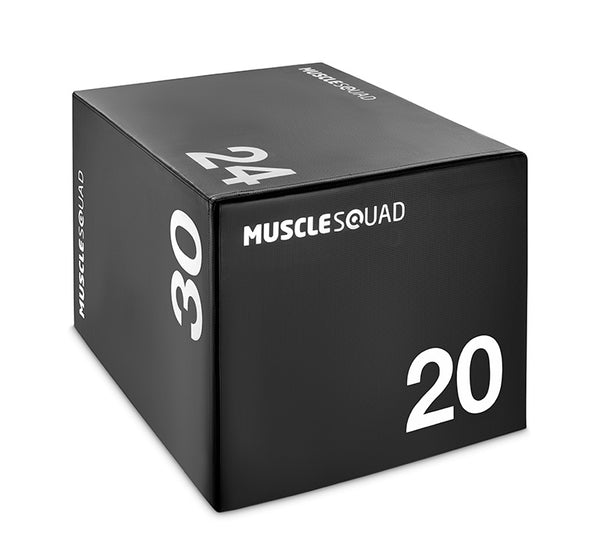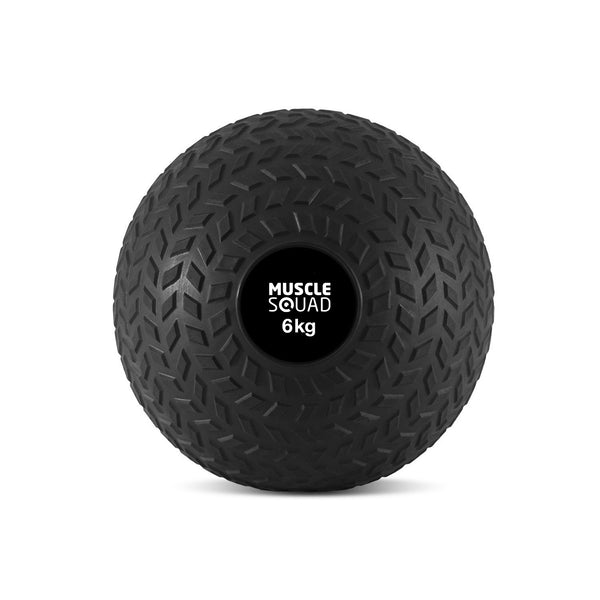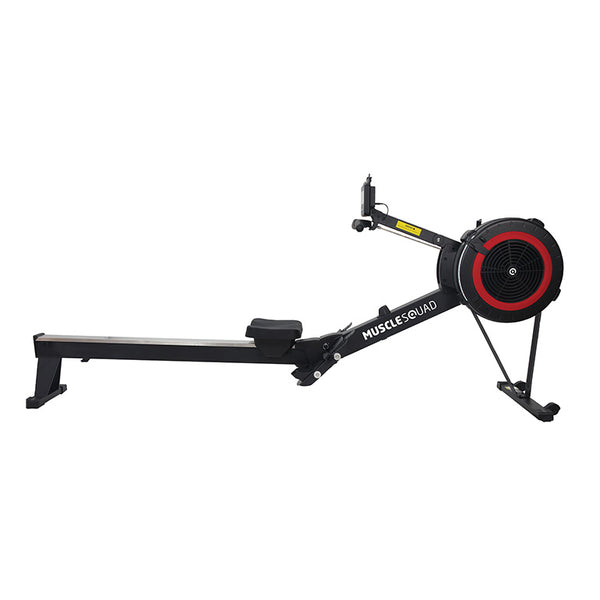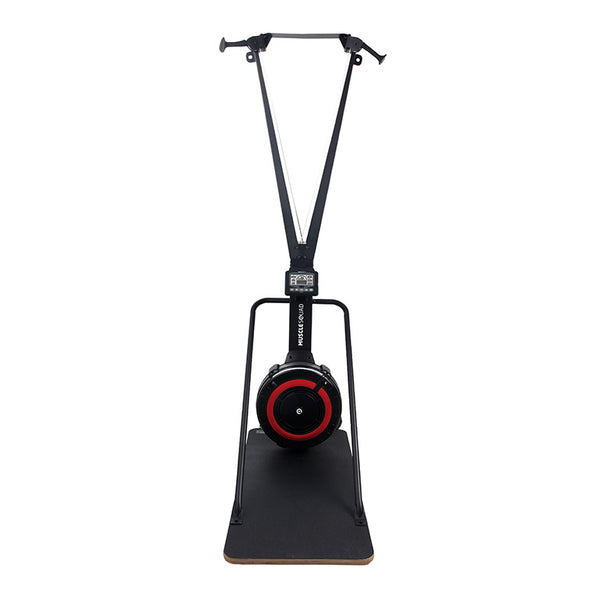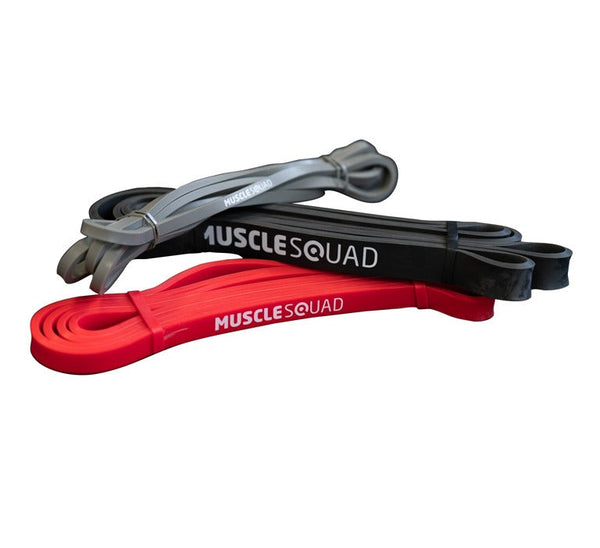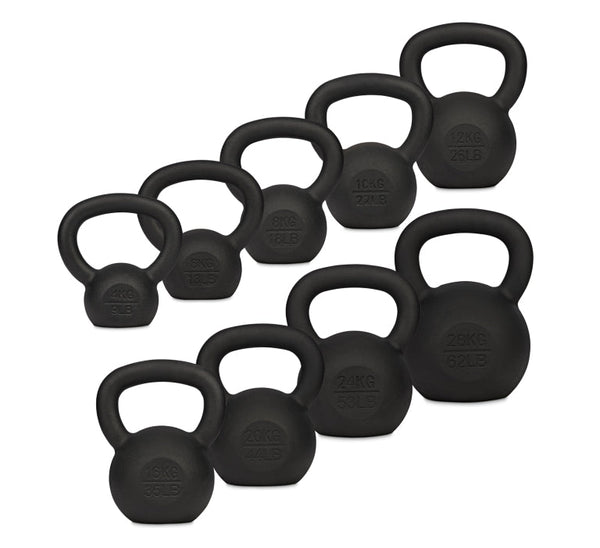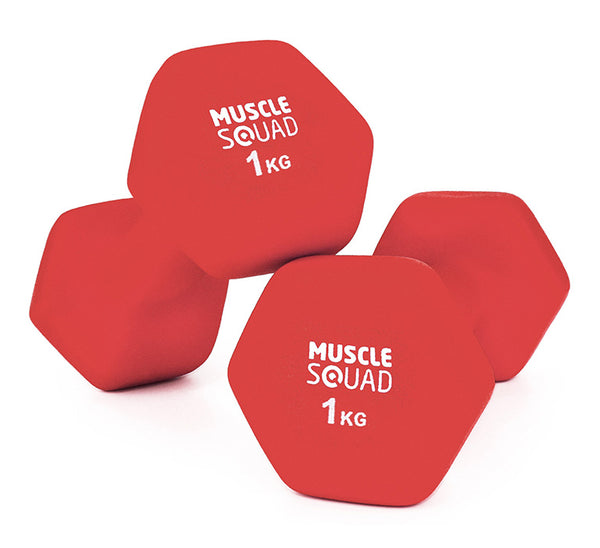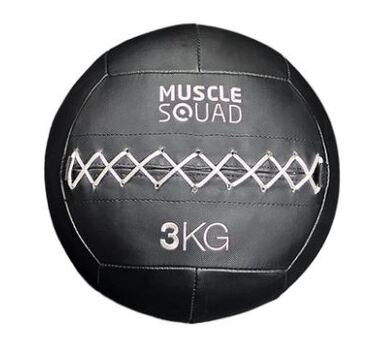Cardio Equipment
We should all try to get some cardio done each week. It betters our physical and mental health in more ways than we can list and improves our quality of life. Take a look at our cardio equipment and accessories below and start reaping the benefits of putting your health first.
What you should know about cardio equipment
Cardio equipment is a broad term in the fitness industry. It covers everything from treadmills and high-spec ski ergs all the way down to a simple skipping rope. As long as a piece of equipment has an emphasis on raising your heart rate then we classify it as cardio equipment.
Of course, there are different levels of how cardio-intensive a piece of equipment is, so we’ve broken them down into a few different categories below.
Pure cardio training
When we talk about pure cardio training we’re talking about those exercises and pieces of equipment that are designed with one aim in mind: to build up a sweat and get your heart racing.
Treadmills are the most common example here. We sell motorised treadmills, where a belt electronically cycles along a deck over and over again to provide a running surface, but in recent years different types have popped up including non-motorised treadmills. These are high-end, modern treadmills that are powered by your own momentum and, as such, have no max speed.
Other common cardio machines include the static exercise bike, rowing machine, cross trainer and ski erg.
High-intensity interval training
One of the most effective ways to burn fat is through high-intensity interval training (HIIT) which works by training flat-out for a limited period of time, resting for a moment and then repeating this pattern for 15-30 minutes.
HIIT routines can be completed using only your bodyweight, though many people choose to intensify them with a light pair of neoprene dumbbells or a kettlebell.
If you find yourself pressed for time and need a quick workout that can be done from home, our full-body HIIT routine will be right up your alley. Or, if you have a treadmill and are wondering how you can switch your training up beyond a standard jog, then our treadmill HIIT workout will get your heart rate soaring.
Cardio & strength hybrid
Lifting weights does have a cardio benefit in that it raises your heart rate, but not significantly. That isn’t the case for all strength exercises, though.
Boxing and martial arts is one example. You can burn as many as 750 calories (or more!) per hour of boxing and you’ll be building lean muscle at the same time. If you’d rather not join a boxing club, you can still experience its benefits by following along with a boxing routine from home and, as we mentioned before, you can push the intensity up by gripping a pair of hand weights as you train. A favourite of ours is HASfit who have a number of brilliant follow-along boxing workouts that you can perform even if you’re new to the sport.
FAQs
01
What does ‘cardio training’ even mean?
Cardiovascular (cardio) training is a type of exercise that raises your heart rate and is very effective for burning calories and losing fat. The emphasis is less on building muscle and more on increasing your heart rate and oxygen consumption. Jogging, cycling, interval training and playing sports all count as cardio.
02
What equipment do I need to perform cardio?
It’s all up to you! You can perform cardio with nothing at all if you’d like. Go for a jog outside or perform some bodyweight exercises from home while following a HIIT routine to stimulate your heart rate.
That said, people choose to invest in cardio equipment for a number of reasons. It makes your training reliable — you’re not at the mercy of the weather or your local fitness club being open if you have a treadmill in your own home. Cardio equipment like a pair of hand weights or a slam ball also intensify workouts. While a bodyweight jump squat burns calories, a jumping ball slam will burn considerably more. Finally, the right treadmill or cardio machine provides structure through a set of pre-programmed training routines that you can follow, making it simpler to start your workout and simply get moving.
03
What are the health benefits of doing cardio?
So many! Adding cardio to your weekly schedule can extend your life, improve your mental health, help you lose weight, improve mobility and much, much more. The NHS recommends that we do 2 hours and 30 minutes of moderate physical activity a week or 1 hour and 15 minutes of intense training.
04
Should I do cardio every day?
It’s not necessary to do cardio every day, but you should aim to get some done at least twice a week. Resting and letting your body recover is an important part of exercising, so be sure not to push yourself too hard — especially when you’re just starting out.
05
What cardio can I do if my joints are poor?
Keeping on top of your fitness when you have to be delicate with your body is difficult, but far from impossible. Think about adding some of these movements into your week if you’re in this position:
So while some adjustments need to be made, you can absolutely keep on training if you have sore knees, hips or any other joint. Do speak to a doctor first, though, just to make sure you’re in a good place to move your body.
06
What cardio can I do if I’m a senior?
It’s always a good idea to stay active and moving, no matter your age. We’d recommend following dedicated senior workouts on YouTube or another platform to make sure you’re performing exercises that aren’t going to put unnecessary strain on your body. Here’s a beginner and intermediate routine you can follow.
Again, do check with your doctor before starting any new exercise schedule to make sure they’re happy that it will be good for your body.
07
What safety precautions do I need to take with cardio?
As with any form of exercise, you should consult your doctor before starting a new program. Other than that, invest in a good pair of trainers for jogging that will cushion your ankles and make sure you warm up and cool down each time you exercise.
08
Does cardio build muscle?
Cardio does build muscle, but it’d be more accurate to say that it builds strength. You’ll notice an increase in the size of your quads if you run regularly, but not to the level you would if you were doing a dedicated weightlifting program. An exception to this is swimming, which is great for building muscle throughout the body and burning calories.
09
How does cardio burn fat?
Cardio is a great tool for losing fat because of the calories it burns. When you perform aerobic exercise, your body needs to work harder than it does in a resting state. This requires calories — the body’s energy source. The moment your body doesn’t have calories available, it turns to the fat we store instead. When you train in a calorie deficit like this for long enough, you’ll start to notice your body fat reduce.
This is a simplistic explanation, but it should give you a rough understanding on how cardio burns fat. For a more in-depth view, check out Healthline's post on what a calorie deficit is.
10
Why do I need equipment if I can just jog outside?
Technically speaking you don’t — it all comes down to your own preference. There are people who jog outside and never touch a piece of cardio equipment who have fantastic results to show for it.
The benefits of investing in dedicated equipment are that you can exercise rain-or-shine, access pre-programmed routines, train more safely and from the comfort of your own home. We think it makes a lot of sense, but when budget and space come into the equation we completely understand why people train without equipment too.
11
Do you offer free delivery?
Yes, all orders over £50 qualify for free shipping. Please note that orders to Northern Ireland and certain areas of Scotland may incur additional delivery charges.
12
What warranty do you offer?
All of our products come with one year of warranty.
13
Can I return or exchange my purchase if I change my mind?
Yes, as long as the item is unused, in its original packaging and returned within 30 days.

